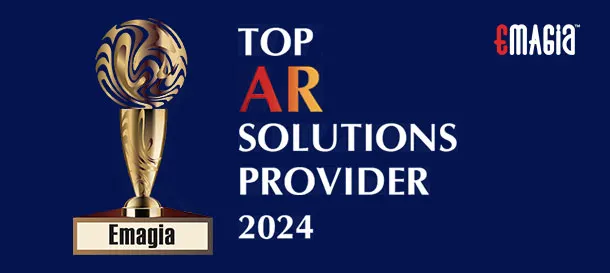In the world of finance and business transactions, the term “Bill To” plays a pivotal role in ensuring seamless payment processes. Whether you’re a business owner, an accountant, or someone handling invoices, understanding this element is essential for accuracy and efficiency in financial operations.
What Does “Bill To” Mean?
“Bill To” refers to the section in an invoice or purchase order that specifies the party responsible for making the payment. This entity, typically a company or individual, is the recipient of the bill and is expected to settle the amount owed.
Why Is the “Bill To” Section Important?
The “Bill To” section ensures clarity in financial documentation by clearly identifying who owes the payment. It minimizes errors, prevents disputes, and streamlines communication between the buyer and seller.
Key Benefits:
- Clear identification of the paying entity
- Reduced chances of payment delays
- Simplified accounting and record-keeping
- Legal clarity in case of disputes
Common Fields in a “Bill To” Section
- Name of the Buyer: The individual or organization responsible for payment.
- Billing Address: The physical or email address where the invoice should be sent.
- Contact Information: Phone number or email for communication.
- Payment Terms: Details such as due dates and payment methods.
“Bill To” vs. “Ship To”
While the “Bill To” section identifies the payer, the “Ship To” section specifies the delivery address for goods or services. In many cases, these details are the same, but for larger organizations, they might differ.
Example:
- Bill To: The company’s headquarters where invoices are processed.
- Ship To: A regional branch or warehouse receiving the goods.
How to Ensure Accuracy in the “Bill To” Section
- Verify Details: Cross-check the name, address, and payment terms with the client.
- Use Automation: Invoice software often auto-populates “Bill To” fields, reducing manual errors.
- Regular Updates: Maintain an updated database of your clients’ billing information.
Common Errors to Avoid
- Mismatched Names: Ensure the payer’s name matches official records.
- Incomplete Address: Include all necessary details for prompt invoice delivery.
- Incorrect Payment Terms: Clearly define deadlines and methods to avoid confusion.
FAQs About “Bill To”
1. Can the “Bill To” and “Ship To” addresses be the same?
Yes, in many cases, especially for small businesses or individuals, these addresses are identical.
2. What happens if the “Bill To” information is incorrect?
Incorrect details can delay payments and complicate the invoicing process. Always verify with the client before finalizing the invoice.
3. Is the “Bill To” section mandatory on all invoices?
Yes, it’s a standard element in most invoices to ensure clarity about the paying entity.
4. Can I include multiple entities in the “Bill To” section?
Typically, the “Bill To” section identifies a single payer. If multiple entities are involved, it’s better to create separate invoices or include a detailed note.
5. How does the “Bill To” section impact tax reporting?
Accurate “Bill To” information ensures correct tax filing and reporting for both the buyer and seller.
Best Practices for Managing “Bill To” Details
- Standardize invoice templates with clear sections for billing information.
- Use professional invoicing software to minimize errors.
- Keep a backup of all financial records for audits and future reference.
Conclusion
The “Bill To” section may seem like a minor detail, but it’s a cornerstone of effective financial management. By ensuring this information is accurate and up-to-date, businesses can foster trust, avoid payment delays, and maintain seamless operations. Prioritize accuracy and clarity in every invoice to build stronger client relationships and streamline your financial workflow.







